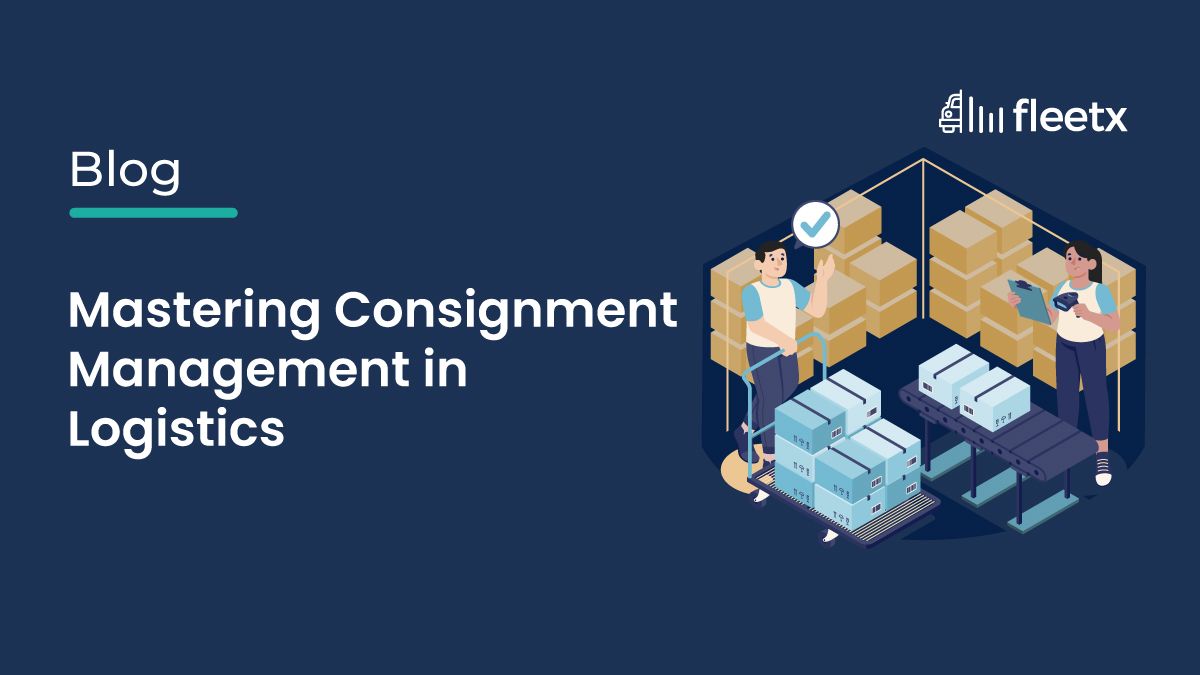
Supply chain management depends heavily on the Request for Quotation (RFQ) procurement procedure, especially when specific and well-defined needs for products or services are identified. Requesting several supplier quotations guarantees competitive prices and satisfies quality requirements in RFQ procurement.
The importance of RFQ procurement is in its capacity to offer strategic sourcing, specification clarity, market competitiveness, and cost-effectiveness. Comparisons of prices, quality, and delivery schedules, help companies get the best value.
A key step in supply chain management and procurement operations is the Request for Quotation (RFQ) procurement process. It is getting quotations for the procurement of products or services from several providers. When the buying company has precise needs and specifications for the products, RFQ procurement works very well.
Along with helping to obtain reasonable pricing, this procedure guarantees that the goods or services satisfy the minimum quality requirements. This thorough manual will cover all the various aspects of RFQ procurement, including advantages, procedures, best practices, and comparisons with other procurement techniques.
Importance of RFQ Procurement
Obtaining the most value for their money is made possible in large part by RFQ procurement. Businesses can make well-informed purchase selections by comparing costs, quality, delivery schedules, and other important aspects by requesting several quotations. The RFQ procedure facilitates:
1. Cost Efficiency: Businesses can choose the least expensive provider without sacrificing quality by getting several quotes
2. Market competitiveness: Better prices and better service offers result from supplier rivalry
3. Specification Clarity: RFQs need thorough specifications to enable suppliers to comprehend the precise needs, lowering the possibility of misunderstandings and guaranteeing that the products are supplied as promised
4. Supplier Evaluation: The procedure enables buyers to examine the capabilities of possible suppliers to satisfy the needs of the company by evaluating their answers
5. Strategic Sourcing: By picking up suppliers who can offer trustworthy and long-term value, RFQs enable strategic sourcing
The RFQ Procurement Process Steps
There are several important steps in the RFQ buying process:
Clearly defining and recording the needs for the products or services is the first stage in
1. Requirement Identification: This covers stating amounts, requirements for quality, delivery dates, and any other relevant information
2. RFQ Preparation: The document for the RFQ is created after the needs are determined. Usually, this paper contains: - Comprehensive product or service specifications
- Conditions of the purchase
-Entries due dates
-Criteria of evaluation
3. Identification of Potential Suppliers: Possible suppliers are found based on their ability to meet the RFQ standards. One can accomplish this by using market research, industry directories, or current supplier databases
4. RFQ Issuance: The request for quotation (RFQ) is sent out to the providers that have been chosen. One can accomplish this by email, procurement systems, or supplier websites, among other means
5. Quotation Submission: Suppliers prepare themselves and submit their quotes before the deadline. The quotations must include every relevant detail, including prices as well as shipping dates
6. Quotation Evaluation: The predetermined standards are used to assess the received quotations. This can entail price comparison, evaluation of the goods or services, and reliability and reputation of the source
7. Supplier Selection: The best supplier is chosen following a careful analysis. The supplier's capacity to fulfill the delivery criteria, in addition to cost and quality, are the main considerations in this choice
8. Contracting and Negotiation: To complete terms and conditions, negotiations could be conducted with the chosen supplier. The purchase order is issued and the agreement is signed once decided upon
9. Order Fulfillment: The supplier fulfills the contract by providing the products or services. To be sure the delivery satisfies the necessary specifications, the purchasing organization receives and examines it
10. Payment and Closure: The supplier is paid once the delivery and inspection are satisfactory. After that, the procurement procedure is formally ended
Best Practices in RFQ Procurement
To ensure the effectiveness of the RFQ procurement process, businesses should adopt the following best practices:
1. Detailed Specifications: To prevent misunderstandings and guarantee vendors fully comprehend the needs, include accurate and thorough specifications in the RFQ
2. In-depth Supplier Research: Evaluate and invite providers with a track record of dependability and excellence
3. Transparent Evaluation Criteria: Give suppliers clear definitions and communication of the evaluation criteria. In the choosing process, this encourages justice and openness
4. Effective Communication: Keep channels of contact available with suppliers all through the RFQ process so that any queries or issues may be quickly resolved
5. Leveraging Technology: To keep proper records, increase productivity, and streamline the RFQ process, use technology platforms and resources for procurement
Regular Review and Feedback: In order to find areas in which the RFQ process could be improved, it is important to continuously review and evaluate the process. Give vendors comments so they can improve their next quotations better
RFQ Procurement versus Other Procurement Techniques
Procurement techniques are not limited to RFQ procurement. Understanding its comparison to other techniques like Request for Proposal (RFP) and Request for Information (RFI) is crucial:
- RFQ vs. RFP: Whereas RFP is used for more complicated purchases where the buyer wants specific information on how suppliers will meet the requirements, RFQ is mostly used for getting price quotations for well-specified requirements. Usually, RFPs are utilized for services or projects that need thorough preparation and creative solutions
- RFQ vs. RFI: Before releasing an RFP or RFQ, an RFI is used to get broad information about suppliers and their qualifications. Knowing the market and finding possible suppliers are made easier
Procurement of RFQs: Challenges
RFQ procurement has numerous drawbacks along with its advantages:
- Specification Clarity: Especially for complicated goods or services, it can be difficult to make sure that specifications are thorough and understandable
- Supplier Responsiveness: Not all suppliers may reply to the RFQ, so there will only be a few quotes to look over
- Comparison Complexity: When there are large differences in terms of delivery, quality, and price, comparing quotations might be difficult
- Negotiation Difficulties: It can be difficult to bargain with suppliers to get the best price while keeping positive relationships
Endnotes
For companies trying to get the most out of their purchases, RFQ procurement is an essential procedure. Businesses may guarantee they get high-quality goods and services at the best possible prices by asking for competitive quotations and assessing suppliers according to specific standards. Utilization of technology and best practices implementation can improve the RFQ process even more. Every company should include Request for Quotation (RFQ) procurement as an essential tool in its procurement arsenal due to its numerous advantages, notwithstanding potential challenges.






